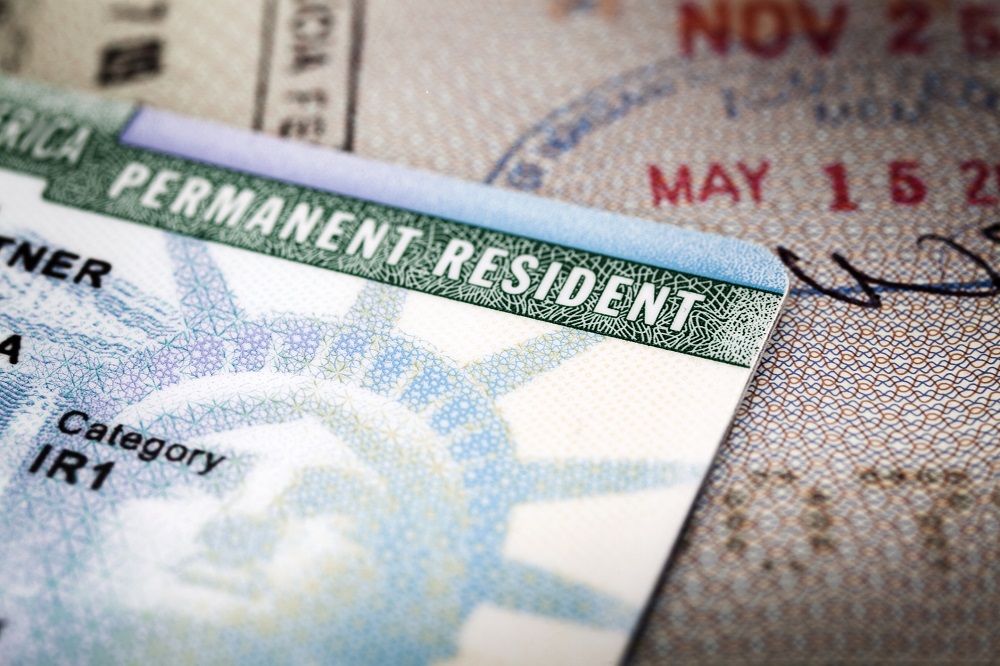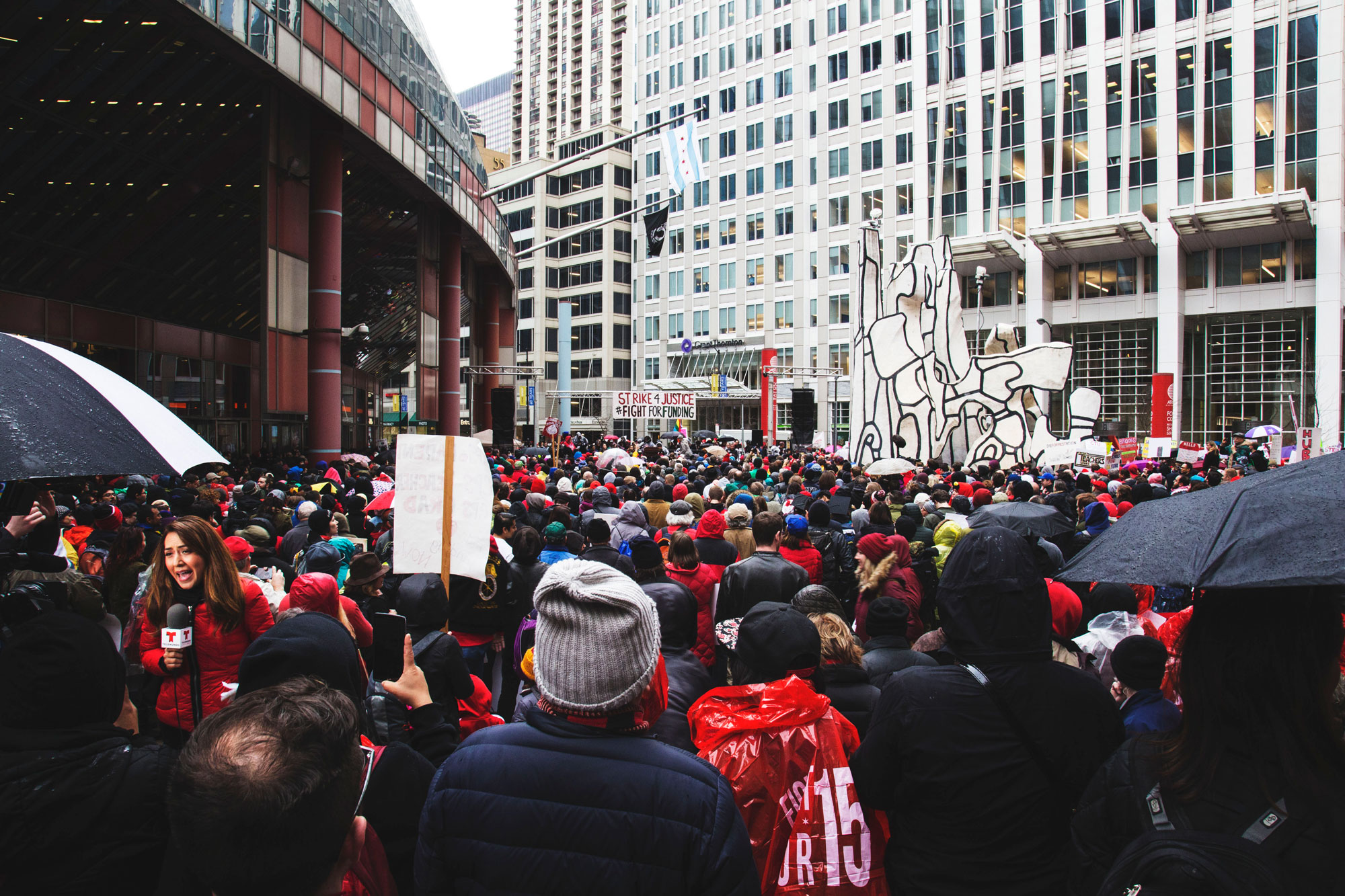Lisa Kaye Gray has been tired since she was 26 years old. Now 52, and a grandmother with rust-red hair and a lilting Louisiana accent, she is finally gaining the energy to help her grandson chase squirrels through the backyard. But her voice still breaks as she recalls decades marked by fatigue and muscle aches; early symptoms of hepatitis C.
“I missed out on so much,” she mourns. “Just being tired, not able to enjoy life.”
Gray acquired hepatitis C in 1991, and spent more than twenty years living with the virus’s effects. Though she didn’t begin to experience symptoms of major liver damage until 2015, she says she spent most of her life feeling fatigued, sometimes to the point of being bedridden, and nauseated.
Get TalkPoverty In Your Inbox
Interferon treatment, the first available treatment for chronic hepatitis C, was introduced in 1996, but the cure rate was low; around 30 percent for genotype 1, the most common form of the virus in North America. It was also difficult to administer, requiring self-injection into the stomach, and came with a host of side-effects, ranging from nausea and muscle aches to long-term autoimmune dysfunction. The full treatment course lasted six months to a year. Gray tried interferon treatment for a month, but discontinued it when she learned she was pregnant.
“I’m glad I did,” says Gray. “I’ve heard horror stories about people who took it for the year.”
Gray is not the only hepatitis C patient who chose decades living with the virus over attempting interferon. David Cowley of Wales lived with hepatitis C for 35 years, refusing interferon because of its side effects and low success rate. But Gray and Cowley share something else in common: neither has hepatitis C anymore.
One day in 2015, Gray’s boss noticed that she looked, she recalls, “as yellow as the walls.” Because jaundice (yellowing of the skin and eyes) in patients with hepatitis C is a sign of serious illness, she immediately went to her doctor and learned that she had liver cirrhosis. She applied for disability benefits, and while waiting for a determination, began undergoing the testing procedures that would allow her to take a new kind of medicine, one with a much higher success rate and far fewer side effects.
Gilead initially set the price for full treatment between $74,000 and $94,000
Sofosbuvir is a direct acting antiviral (DAA) medication sold by American biopharmaceutical powerhouse Gilead Sciences under the brand names Harvoni, Sovaldi, and Epclusa (Harvoni and Epclusa also contain other drugs, making them single-pill regimens, while Sovaldi requires a second drug to be prescribed with it). These drugs have a 90 percent or higher cure rate across a variety of genotypes (for genotype 1, the cure rate closes on 100 percent), and Harvoni in particular boasts only mild, short-term side effects like fatigue. All three medications are consumed orally and take 12 weeks to complete. In comparison to the old treatments, these DAAs function like a miracle. Gilead initially set the price for full treatment between $74,000 and $94,000 for patients in the United States.
Medicaid covers the treatment — but there’s a catch. There are 3.5 million people in the United States living with hepatitis C, and state Medicaid programs find it difficult to afford to treat patients at the prices Gilead set. (Rough math says curing all current cases would cost Medicaid half of its annual budget). Most state Medicaid programs initially dealt with the shortfall by limiting treatment to people who meet their criteria. In 25 states that criteria includes abstinence from illegal substances, even though most new hepatitis C infections in the United States are the result of injection drug use.
In 32 states, patients must also have liver damage. Newly-infected patients, or those whose disease hasn’t progressed far enough, must wait until they suffer potentially irreversible liver damage before they receive coverage for their treatment. In addition to more time living with the symptoms, this also increases the risk of complications like liver cancer and decreases the effectiveness of treatment. In one study of economically disadvantaged patients, only 82 percent of patients with decompensated cirrhosis (a severe form of liver damage) achieved viral elimination.
Medication access is not only an issue for chronic hepatitis patients in the United States. Other countries have been battling high drug costs as well, including Australia and the United Kingdom. David Cowley was fortunate — and tenacious — enough to get into a 2013 drug trial for Harvoni in the UK. When he learned about the trial, which required a weekly trip to an office that was 200 miles from his home, he called and “pestered them for weeks” until he got in. Within months of beginning treatment, he was cleared of the virus that had been slowly killing him for 35 years. Then the drug that saved his life hit the market, and he learned the price tag.
“I was disgusted by the prices,” he says. So he decided to travel to Bangladesh to get hold of generic versions of the medication for distribution to other patients in need. Cowley was not the only person with that idea.
James Freeman, a doctor who runs a telehealth program in Australia, and Greg Jeffreys, a historian and author also based out of Australia, run what each hesitantly call “buyers’ clubs” for hepatitis C medications. Cowley, Freeman, and Jeffreys all know each other, though they operate separately. The clubs function under the same essential premise: That hepatitis C medication should be available at free or low cost to everyone who needs it. They help patients acquire the generic drugs, offering full 12-course treatments for around $500-$1000, and sometimes less based on need and availability.
“It’s pretty simple,” says Jeffreys of his service. “Someone contacts me, I ask for some kind of medical report to show they actually have hep C, I explain what it costs, they send me a copy of their report, their shipping address, their contact phone number, a payment method — whatever that might be — and two weeks later they have their medicine.”
These buyers’ clubs operate by taking advantage of personal importation laws, which vary by country. For the U.S. that means buyers must import less than a three-month supply, and they cannot sell or distribute the medication. An added provision that a medication must be unavailable domestically leaves the legality of these practices in somewhat of a gray area .
Rochelle C. Dreyfuss, co-director of the Engelberg Center on Innovation Law & Policy at New York University, says that under patent law, buying and importing a cheaper version of the same product from another country is legal, but the addition of U.S. Food and Drug Administration (FDA) regulations make pharmaceuticals especially tricky. “I think [this] confusion is everyone’s confusion,” she notes, adding that if the FDA were to crack down, “one side will say it’s available domestically, you just have to pay more money, and the other that these patients can’t afford to buy it here.”
Although the FDA is not currently intervening in these buyers clubs, some doctors are wary and advise against importing generic drugs. After all, how can a buyer know what’s truly in them; whether they are effective or potentially dangerous?
This is a sentiment Lisa Gray understands. Jaundiced and living with disabling liver cirrhosis, Gray was eagerly awaiting her medication approval — now that she was finally sick enough to meet the criteria. But when she began receiving $1,500 monthly in disability checks after her liver damage left her unable to work, she lost the Medicaid coverage that would have paid for her treatment. (Louisiana expanded Medicaid the following year, but 17 states still have not done so). Uninsured, and unable to pay the premium and co-pay for private insurance, she began looking into alternative options.
“At first I was very skeptical,” she says of the buyers clubs. “It even went through my mind that they’ve got all these people paid to praise generics…but I found Greg Jeffreys, I talked to him, and I realized it’s not a scam.”
Gray says Jeffreys worked with her financial situation by getting his medication connection, which is based out of India, to send her a recently expired 8-week course of sofosbusvir free of cost. That left her responsible only for the other drug she needed to take with it, daclatasvir. She paid $350 for it, by credit card. When she was unable to come up with the funds for her remaining treatment, Jeffreys sent it to her free of charge.
“It was scary because you don’t know if it’s a real medication or not, but I thought what do I have to lose? I was throwing up everyday, it was horrible,” recalls Gray. “I started taking that medicine; my eyes were yellow, they got white. It was amazing.”
Gray also remembers her doctor insisting that she wait until she could find funding for the prescribed treatment course, rather than using a personal import scheme to buy generics. “My doctor literally screamed at me. [She said] ‘they’re not regulated, they could be fake.’”
But Jeffreys, Freeman, and Cowley, who now all use a shared seller out of India, insist that fear is unnecessary — at least when it comes to their medicines. Freeman reports that he has seen a 94 percent cure rate with his own patients. With the benefit of his medical background and connections with the Tasmanian government, Freeman says he’s had his drugs tested from the start, when he was importing raw materials from China, and that they are virtually identical to those found in Harvoni and other brand name medicines. Jeffreys added that the Indian connection the three use now gets the drugs directly from Mylan, who partners with Gilead Sciences to manufacture these drugs in India.
“These products are licensed by Gilead and approved by the FDA,” Jeffreys asserts. “To say they’re dangerous is crazy.”
This doesn’t mean that all buyers’ clubs are created equally. As with any unregulated enterprise, copycats have popped up on Facebook claiming to have special contracts for drugs with other countries. Although there’s no way to know for sure whether these are illegitimate, they — unlike Jeffreys, Cowley, and Freeman — did not immediately respond to inquiries for comment.
States have been slowly lifting regulations surrounding Medicaid access to direct acting antivirals for hepatitis C. As of 2017, 18 states have lifted the liver fibrosis restrictions and 22 others are granting coverage to patients with less severe liver damage; four of these require only mild fibrosis. In addition, the Department of Health and Human Services has questioned Gilead and other companies about their pricing in the hopes of being able to grant coverage for more patients. The hope is that as more drugs become available and drug costs lower, more states will lift or lessen eligibility restrictions so that patients in the United States can access these medicines through their providers.
Still, Jeffreys says he has seen no decline in Medicaid patients from the United States who need meds. “I get heaps of them,” he says about clients on Medicaid. “It’s been exactly the same for the past three years. I get probably 100 e-mails from the United States every week.”
For low-income patients like Gray, who lose or are denied coverage, these buyers clubs have become a lifeline, linking them to treatments that change their lives within months.
“It’s just an amazing feeling to know that this virus is not alive in me anymore,” says Gray, who had no detectable viral load twelve weeks after treatment. “I just get mad that my own country could not help me.”











